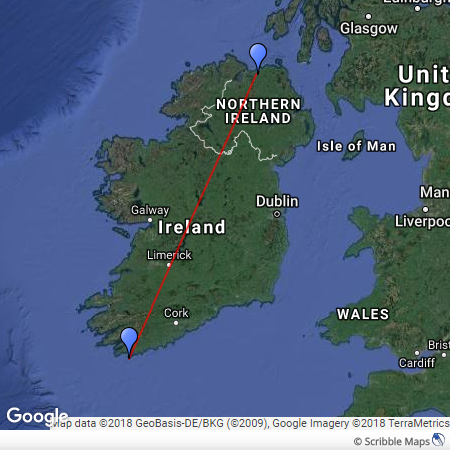Barnacle Goose
The site had been baited and watched for a week prior and up to 1200 Barnacle Geese have been visiting the fields and walking in and around the dummy nets. That morning we sat in wait as the Geese started arriving for a morning feed having roosted on one of the small offshore islands. They were appearing in groups of 5-50 before the main flock appeared with almost 500 birds taking us to 900+ in the field. We were restricted to 200 metal and colour rings and that was the rough aim with the large team of 27 people in place to deal with them. Around 200 birds had been captured by the net but a portion managed to slip out before the team arrived to extract the birds.
Releasing the first processed birds
At the end of play, still in the morning, round 155 birds were processed with 5/6 birds having been caught previously. All birds were colour ringed with biometrics and feather samples taken. It was a great experience with much learned and we were very impressed by the efficient catch, process and release of such a number of large birds.



